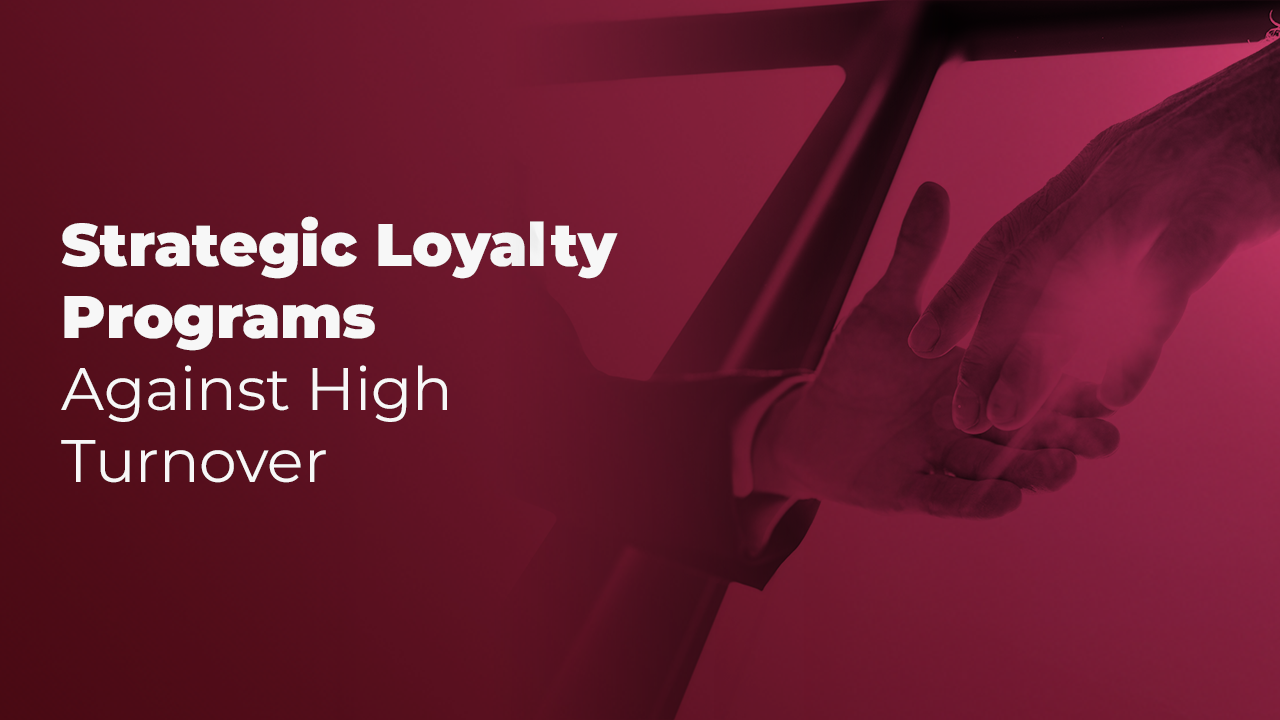Strategic Loyalty Programs Against High Turnover
Picture this office: It’s Monday morning and three team members are cutting a cake to celebrate new job offers. By Wednesday, someone announces, “I need to step back and think for a while.” By Friday, half the desks are empty.
For many companies, this isn’t just a scenario—it’s reality. In HR literature, it’s called high employee turnover. For organizations, it’s a costly and persistent challenge.
So, how can we change this picture?
Loyalty = A Powerful Word, But Not a Magic Wand
Let’s begin with some hard facts (sources: Gallup, Deloitte, and local HR reports in Turkey):
- Globally, 51% of employees are either actively looking for a job or open to new opportunities.
- In Turkey, private sector turnover rates can reach up to 30%.
- The cost of losing one employee typically equals 1.5 to 2 times their annual salary.
In other words, loyalty is not just a “romantic” concept—it is a serious financial strategy.
Case Study 1: Is a Bonus Enough?
A manufacturing company attempted to tackle high turnover with extra bonuses. The first month, everyone was happy. By the second month, a competitor offered slightly higher bonuses—and half the workforce left.
Takeaway: Loyalty cannot be secured through financial incentives alone. Loyalty begins in the heart, not the wallet.
Case Study 2: The Power of Belonging
A technology firm designed a loyalty program not around perks, but around a sense of belonging.
- New hires were paired with mentors through a “buddy system.”
- Training and development were personalized according to individual career paths.
- Employees were given active roles in social responsibility initiatives.
Result: In three years, turnover dropped from 28% to 12%. Employees began to see themselves not just as workers, but as part of a shared story.
What Makes a Strategic Loyalty Program?
The keyword here is strategy. Loyalty programs are not random bonuses, holiday parties, or once-a-year team-building events.
An effective program:
- Is data-driven. It listens, measures, and analyzes what employees truly need.
- Addresses diverse needs. Younger employees may seek growth, while experienced ones value flexibility.
- Builds a long-term culture. One-off solutions rarely create sustainable loyalty.
Three Keys to Employee Loyalty
- Recognition and Appreciation
The greatest motivator is the feeling that one’s work is valued. Sometimes, a genuine “Great job!” can be as powerful as a raise. - Development Opportunities
Employees who feel their careers are stagnant will look elsewhere. Training programs, coaching, and mentoring feed loyalty. - Flexibility and Wellbeing
Post-pandemic, expectations have shifted. Flexible hours, hybrid models, and wellness initiatives directly influence retention.
But here’s the catch: companies often confuse “engagement” with “loyalty.” For example, adding a foosball table to the office doesn’t guarantee people will stay. Employees might play for five minutes—then check LinkedIn for new opportunities.
In short: Cool office décor doesn’t create loyalty. Feeling genuinely valued does.
The Right Questions to Ask
If your company struggles with high turnover, perhaps it’s time to ask:
- Do my employees truly feel heard?
- Do they have emotional reasons—not just financial ones—to stay?
- Does our culture provide a foundation that fosters loyalty?
The answers to these questions are the foundation of a strategic loyalty program.
A Note for the Future: Loyalty Is Never One-Sided
Let’s remember: loyalty is not a one-way street. While companies expect commitment from employees, they must also demonstrate commitment in return. When the message is, “We trust you, and you can trust us,” loyalty becomes sustainable.
That is why loyalty programs are not just about retaining employees—they are also about strengthening corporate identity. Loyalty creates a chain of trust:
- Loyal employees → higher customer satisfaction → stronger brand reputation → long-term success.
The Art of Creating Loyalty
High turnover is one of today’s greatest challenges for businesses. But well-designed strategic loyalty programs can turn this challenge into an advantage. Because loyalty is not about “closing the exit door,” but about creating a feeling that “it’s worth staying.”
And here’s the beauty: this art only works when it is not confined to management decisions alone but becomes a shared effort across the entire corporate culture.
